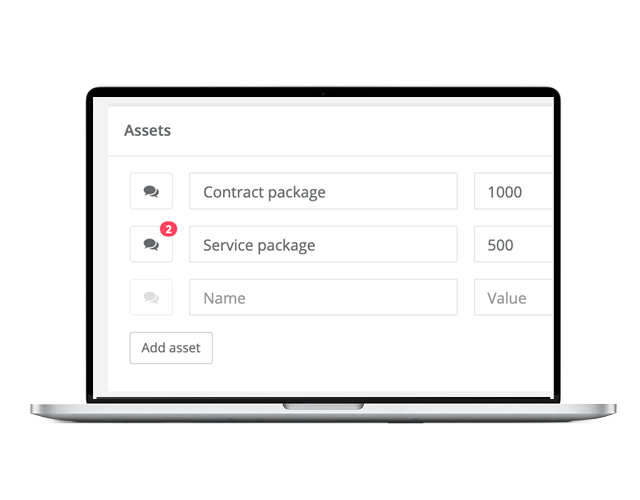How to Implement an Effective Asset Management System
An effective asset management system is critical for any organization that wants to keep track of its physical assets. Such a system can help an organization keep track of where its assets are, how they are being used, and when they need to be replaced or serviced.

Photo by Pixabay on Pexels
There are many factors to consider when implementing an effective asset management system. In this blog post, we will discuss three key components: defining an effective asset management system, establishing an asset management policy, and setting up an asset tracking system.
Defining an Effective Asset Management System.
An asset management system is a comprehensive set of tools and processes that are used to track and manage an organization's assets. This can include anything from physical assets such as buildings and equipment, to intangible assets such as intellectual property and digital data.
The main goal of an asset management system is to help organizations optimize the use of their assets and minimize the costs associated with them. This can be accomplished by improving visibility into where assets are located and how they are being used, as well as automating tasks such as maintenance and repair.
There are many different types of asset management systems available on the market, but not all of them will be equally effective for every organization. It's important to choose a system that is tailored to the specific needs of your business.
What Makes an Effective Asset Management System.An effective asset management system must be able to do several things in order to be truly useful for an organization. First, it must be able to track all of the organization's assets in a central repository. This repository should be accessible by authorized users from anywhere in the world, 24 hours a day.
Second, the system must provide detailed information about each asset, including its current location, condition, and value. This information should be updated in real-time so that users always have accurate data at their fingertips tips of their fingers when making decisions about asset utilization. Finally, an effective asset management system will automate tasks such as maintenance scheduling and parts ordering to further improve efficiency and reduce costs associated with asset ownership.
Implementing an Effective Asset Management System.
The first step in implementing an effective asset management system is to establish a clear and concise policy. This policy should outline the goals of the asset management system, as well as the procedures that will be put in place to achieve those goals. The policy should also address who will be responsible for managing the assets, as well as how they will be held accountable for doing so.
Setting Up an Asset Tracking System.Once the policy has been established, the next step is to set up a system for tracking and managing the assets. There are a number of different software programs that can be used for this purpose, but it is important to choose one that is user-friendly and provides all of the features that are needed. The asset tracking system should be designed to meet the specific needs of the organization, and it should be regularly updated to ensure accuracy.
Monitoring and Updating the Asset Management System.The final step in implementing an effective asset management system is to monitor and update it on a regular basis. This includes keeping track of changes in assets, as well as their location and status. It is also important to periodically review the system to ensure that it is still meeting the needs of the organization and making necessary adjustments as needed.
Conclusion
An effective asset management system is critical for any organization that wants to optimize its use of resources and reduce costs. By establishing an asset management policy, setting up an asset tracking system, and monitoring and updating the system on a regular basis, organizations can ensure that their asset management system is effective and achieving the desired results.
